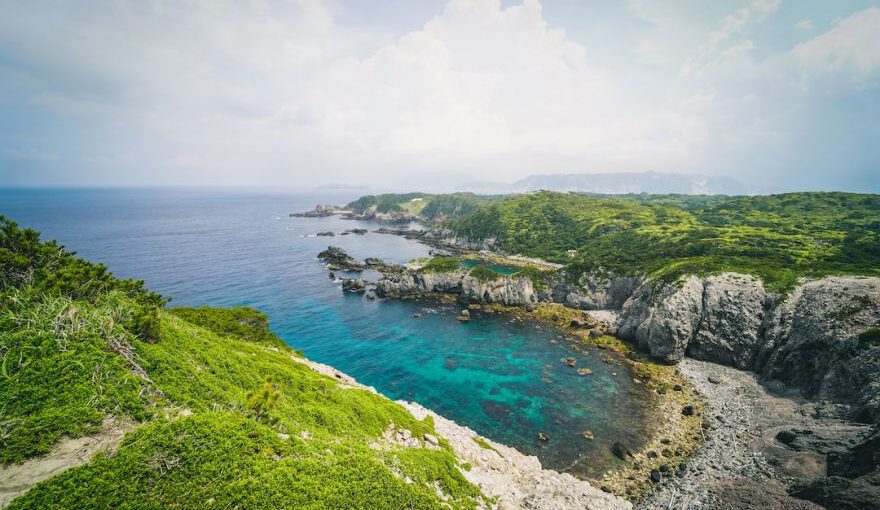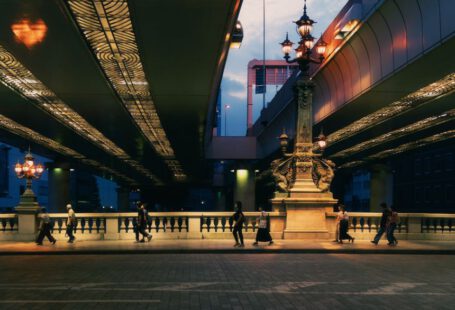Golden Week is a highly anticipated holiday period in Japan that takes place every year from late April to early May. It is a time when the country comes alive with vibrant celebrations and a flurry of activities. This week-long holiday is a combination of four national holidays, making it a prime time for both locals and tourists to explore and experience the rich cultural heritage of Japan.
The origins of Golden Week can be traced back to the post-war period when the government introduced a series of holidays to boost domestic tourism. The four holidays that make up Golden Week are Showa Day, Constitution Memorial Day, Greenery Day, and Children’s Day. Each day holds its own significance and is celebrated in different ways throughout the country.
Showa Day, which falls on April 29th, is a day of remembrance for the late Emperor Showa, who reigned during a period of great change in Japan. It is a time for reflection on the past and paying tribute to the contributions made by the previous generation.
Constitution Memorial Day, on May 3rd, commemorates the day the new post-war constitution was put into effect. It is a day to honor and appreciate the democratic principles that form the foundation of modern Japan.
Greenery Day, on May 4th, is a celebration of nature and the environment. It was originally established to honor the late Emperor Showa’s love for plants and nature. Many people take this opportunity to go on hikes, have picnics in parks, or simply enjoy the beauty of Japan’s natural landscapes.
The final day of Golden Week is Children’s Day, celebrated on May 5th. This day is dedicated to the happiness and well-being of children. Families often fly carp-shaped koinobori flags outside their homes to symbolize the strength and determination of their children. It is also common to eat kashiwa-mochi, a traditional sweet made from rice cakes and filled with sweet bean paste.
During Golden Week, many Japanese people take advantage of the consecutive holidays to travel both domestically and internationally. Popular tourist destinations within Japan, such as Kyoto, Tokyo, and Hiroshima, are bustling with visitors eager to experience the country’s rich history, beautiful landscapes, and delicious cuisine.
The cherry blossoms, which typically bloom during this time, add an extra touch of beauty to the already enchanting scenery. Parks and gardens are filled with locals and tourists alike, enjoying hanami (flower viewing) parties under the cherry blossom trees.
Apart from traveling, Golden Week is a time for various cultural events and festivals. Traditional performances, such as kabuki and Noh theater, are staged across the country. Many cities also hold parades and street festivals, where people can witness vibrant displays of traditional costumes, music, and dance.
In recent years, however, Golden Week has also become synonymous with large crowds and increased travel expenses. Popular tourist spots can get extremely crowded, and prices for flights and accommodations tend to skyrocket. It is essential for visitors to plan their trips in advance and be prepared for the crowds.
In conclusion, Golden Week is a special time in Japan when the country celebrates its culture, history, and natural beauty. It is a week filled with festivities, travel, and exploration. Whether it is enjoying the cherry blossoms, experiencing traditional performances, or simply taking time to relax and appreciate the beauty of Japan, Golden Week offers something for everyone.





